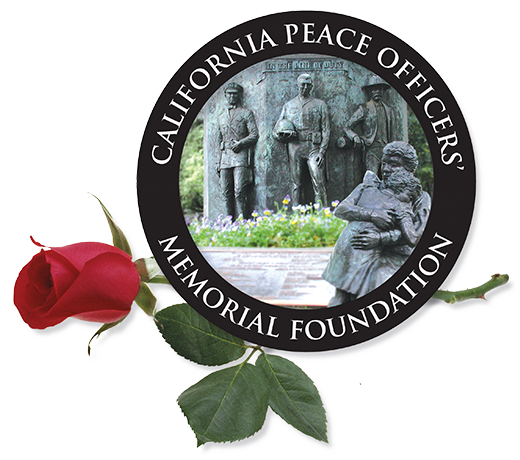Officer Herbert F. Dimon was pursuing a speeding car in East Los Angeles when his motorcycle collided at an intersection with a motorist who ignored or did not see the red light or hear the siren. Dimon was wearing a safety helmet, but the impact, and the indequate protection from the helmets worn in 1959, caused a basal skull fracture. The 28-year-old officer later died during surgery to repair his injuries.
As a result of his accident, recommendations into redesigning the crash helmet began. Those recommendations included considering designing the crash helmet with shock absorbing padding and extending the full length of the plastic shell to give protection further down on the rear of the head.
Officer Dimon had graduated from the Academy just four months earlier. Only hours before his death, he had received a letter from a citizen he cited a few days earlier, stating:
“I have received citations before, but none of which reflected so adversely on my driving habits or ability. I assumed that I was pretty good driver. Your genuine concern for my safety and the safety of others on the freeway, and your remark you hoped you could help me improve my driving habits, started me doing some very serious thinking.” The citizen further declared that he had established some driving rules for himself and conforming to them had been a wonderful experience.” He concluded by saying, “I feel you will be pleased to know that your work is not all in vain.”
